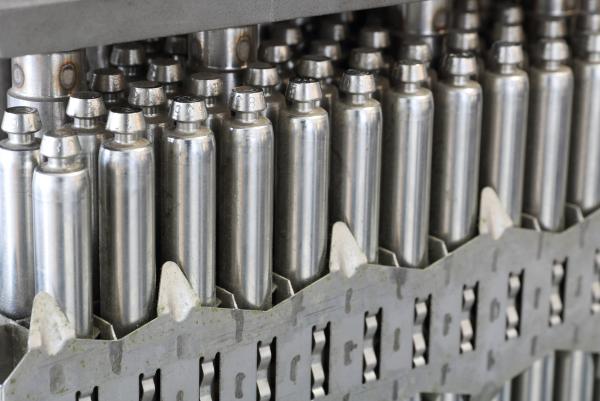I spent a few years working at a uranium enrichment plant in the 1990s as a consultant – one of my first jobs was to review their annual environmental monitoring report. A few of the entries surprised me, in particular the presence of Tc-99 and U-236. Neither are found in nature; both are produced in nuclear reactors. Tc-99 from the fission of uranium atoms, U-236 from the capture of a neutron by U-235 in the fuel.
I took the report to the Environmental Manager and asked, “How long ago did the plant stop receiving reprocessed reactor fuel? Because if there’s U-236 and Tc-99, there’s probably some plutonium in the cascade as well.” He replied that the enrichment plant had never received reprocessed fuel; I was dubious.
A year later, traces of plutonium were found, at which point there was a grudging admission that they had, indeed, received reprocessed fuel a few decades in the past but that the practice had been given up. The actual story is a little more interesting, and you can access a nice summary, including a good timeline. Let it suffice to say for our purposes that in the US, the main reason for recycling reactor fuel was to extract plutonium used to make nuclear weapons. [1] For those of my readers looking for a more detailed view of reprocessing, look here.
In the 1960s, at the height of the cold war, the plan was to extract plutonium from commercial reactors as well as those designed specifically to produce plutonium. In the 1970s, to show the world that the US was serious about nuclear disarmament, we stopped reprocessing. No reprocessing meant no plutonium was removed from the spent fuel to put into nuclear weapons – it also meant that there would be no plutonium accumulating in storage as a target for terrorists or criminals. Stopping reprocessing seemed like a no-brainer.
Unfortunately, the rest of the world failed to follow our example.
Of the 17 nations listed by the Department of Energy as being involved in reprocessing in 1984, nine never became nuclear weapons states, and seven already had nuclear weapons – only Pakistan developed nuclear weapons after this report; North Korea developed their reprocessing capabilities in the 1990s. The fact is that the nations of the world didn’t seem to be as interested in using reprocessing to create nuclear weapons as was feared – and they didn’t stockpile their plutonium either. Instead, some European nations, Russia and Japan, decided to blend the plutonium with enriched uranium as a mixed oxide (MOX) reactor fuel.
On the face of it, this seems to make sense. If the “recovered” plutonium is placed into a nuclear reactor and fissioned, then it’s been removed from the face of the planet – all that’s left is the fission products, which cannot be made into a nuclear weapon. Not only that but removing the plutonium from spent fuel removes the longest-lived radionuclides, leaving the residual radioactivity dominated by the much, much shorter-lived Sr-90 and Cs-137. Removing plutonium reduces the amount of time that spent fuel retains appreciable radioactivity by a few orders of magnitude. Reprocessing spent fuel makes sense and our reasons for giving up reprocessing in the 1970s do not.
One legitimate objection to reprocessing spent reactor fuel is that it’s not cheap – there are some economic arguments against it. Nuclear energy expert Robert Prince points out that this is true only if we focus on the reactor fuel cycle to the exclusion of all else. Prince points out, however, that nuclear reactors are a proven, reliable way of producing baseline electrical power with minimal carbon dioxide emissions – and that the long-term expenses associated with global warming are far greater than the costs of reprocessing reactor fuel. Reprocessing spent reactor fuel also makes long-term economic sense.
Spent fuel reprocessing is a known, 80-year-old technology used by many nations for decades. It helps to reduce the length of time that spent fuel remains radioactive, and by burning it up as MOX fuel, it destroys the plutonium formed in all nuclear reactors as they operate. And at the same time, the long-term societal cost of fuel reprocessing is more than offset by the reduction in greenhouse gas emissions.
Every day I segregate my paper, plastic, glass, and metals for recycling, even though I know that the cost of recycling them into new products is typically higher than the cost of tossing them into a landfill and cutting down new trees, or digging up new minerals. We do this for several reasons, one of those being the long-term societal benefits of recycling. We should apply the same logic to the recycling of spent reactor fuel.
[1] Plutonium forms when a U-238 atom absorbs a neutron in the reactor.



